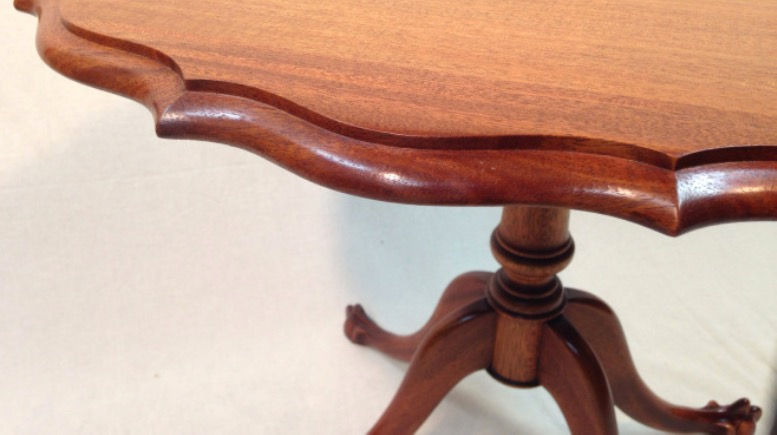Early 20th Century Oak Hall Tree
- Mr. Stafford

- Jun 18, 2014
- 2 min read
Updated: Dec 29, 2018
This next project is an early twentieth century oak hall tree that was in quite a state of disrepair when I went to visit its owner and finally brought it back to my shop. Thus far, I have not been able to find any background information on this piece, but I am certain that I will discover its origins eventually.

The oak shows signs of water damage and having been bleached by the sun in areas. It was kept in a sunny laundry room with a south facing window, so I am sure that the piece has been exposed to extremes in fluctuating temperature and humidity levels.
The two photos below show an example of one of the several mortise and tenon joints that have come apart. One of them was nailed into place in lieu of making a proper repair. Also viewable are the cross sections of medullary rays, seen here as diagonal lines inherent in most Oaks.

Our hidden treasure is Stachybotrys chartarum, colloquially known as, “toxic black mold.” This is the mold that causes panic in a great many hearts. There were a few child death cases in the early 1990’s that were linked to this mold; however, the CDC (Center for Disease Control and Prevention) has yet to make any connection between Stachybotrys chartarum and human death. I have worked with this mold in the past, not knowing what it was, and I never suffered any ill effects from it; however, if you discover this in an area of your own home and are concerned, call a professional and they will be happy to assist you.
Visit the CDC page on Stachybotrys chartarum for more information.

Since one of the arms had a gaping hole in it from being nailed through, I made new tenons for both and secured them in their mortices with hide glue, but added an oak plug to disguise the nail damage. I did this on both arms for the sake of symmetry. Here, you can see the same medullary rays a bit more clearly.

The above photo shows a much more recognizable example of medullary rays. These are radial structures in woods that have a chatoyance, or an iridescent effect, and are found in species colloquially known as curly maple, birds-eye maple, tiger oak and many others.
I discarded the damaged lower back panel that hosted the black mold and replaced it with birch plywood. I hammer veneered the birch with birds-eye maple and added decorative inlay banding for a little character.
Here is the completed hall tree. It needed complete disassembly, numerous repairs and many hours of meticulous paint picking. Some grain filling was needed and that was done with bees wax and shellac. Finally, it received several coats of super blonde shellac and a top off with paste wax. The customer’s happy approval made it all worth it.
Watch the somewhat humorous video of some of the process below.
Sincerely and respectfully,
Mr. Stafford




















Comments